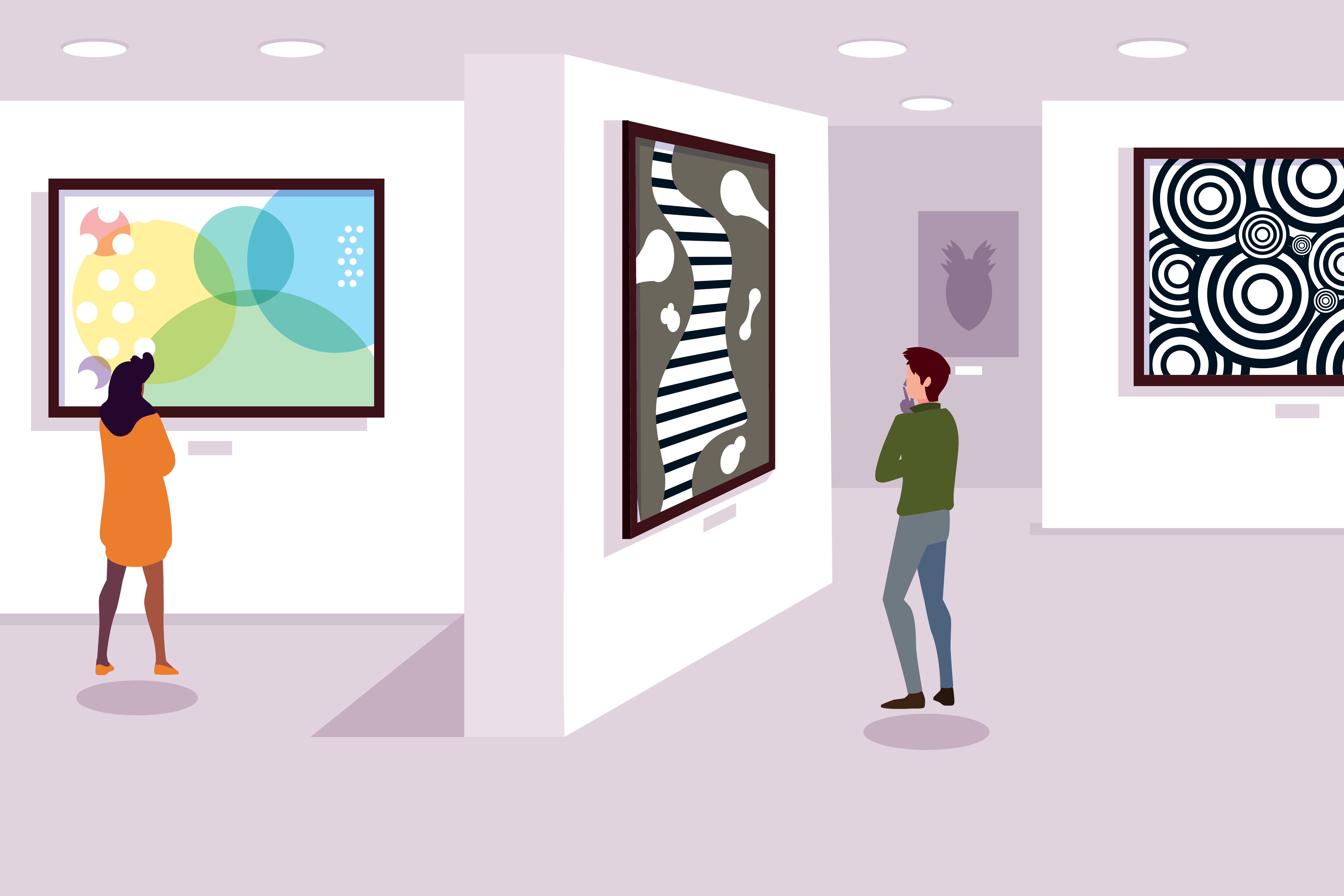During the years of working alongside fellow educators in institutes of higher learning, I realized that the challenge of engaging shy students in class is a rather common and frustrating one. Let’s first examine…
Why learners remain silent
Through the conversations I had with my counterparts and a handful of my introverted students, I discovered that some of the reasons for learners’ silence in class are usually due to one or more of these reasons:
- Fear of failure; ie being perceived as unintelligent if a response was erroneous
- Fear of being negatively evaluated by peers if an authentic opinion is shared
- Being overshadowed by more dominant peers who formulate responses faster
- Lack of time to recollect or process thoughts
- Lack of knowledge in the content
- Personal beliefs about learning; for e.g. to only respond when one is 100% sure that response is correct
- Feelings of boredom
- Distraction from internal or external factors (relational issues, temperature of the room, noise, etc)
This list is certainly not exhaustive1. However, you may be able to identify with some of these reasons perhaps from personal experiences with your own students. Understanding the reasons for such behavior among our students puts us in a better position to adopt appropriate strategies to increase the engagement of introverted students.
I will be sharing some of my personal favorites and tried-and-tested strategies through this blog. The first is…
Jigsaw Classroom
The concept of a typical jigsaw puzzle is having an overview of the picture and connecting the jumbled pieces together. In the jigsaw classroom, each learner holds a piece of the “puzzle” and everyone’s contribution is needed to gain a holistic view or understanding of all the concepts. This is a method that indeed encourages learners to learn through cooperation.

How to conduct jigsaw classroom in class
-
- Segmentize the day’s lesson (e.g. four or five concepts) before the lesson begins.
- Split the entire class into groups. These will be known as their “home” groups.
- Within the “home” groups, assign each learner a number (e.g. 1, 2, 3…). The numbers assigned will be in accordance with the number of concepts/topics you have for the day (refer to step 1).
- Form “expert” groups by having all the learners assigned with the same number to be grouped together (e.g. all the “1”s form a team, “2”s form another team, etc).
- Give each “expert” group a concept to examine together (e.g. team 1 to examine concept 1, team 2 examines concept 2, etc). The objective of this group time is for learners to construct knowledge together; develop a good understanding of the assigned concept through discussions and/or sharing of resources*.
- “Expert” group members return to their own “home” groups. Notice that every member within the “home” group now holds the knowledge of a specific concept and they will peer-teach one another.
*It will be a good idea for you to provide some guiding questions for the discussions especially if students are new to this strategy and/or younger ones. Some examples of questions include “how would you explain this concept in your own words?”, “what examples can you provide to explain your point?”, “what are the advantages/disadvantages?” etc.
Considerations
- Even when you are roaming around the classroom during the “expert” group discussion time, it can be difficult to ascertain the depth, breadth, and most importantly, accuracy of the learners’ acquired knowledge. Hence it can be helpful to provide flipchart papers for them to pen down their main discussion points clearly on these papers. In this way, you are able to check and correct where necessary.
- You may also consider having each “expert” group pin up these papers so that when they return to their “home” groups, they have a visual reference as they peer-teach. This can significantly increase their confidence as they do so.
- To ensure that learners have acquired the right knowledge, administering a quiz at the end of the jigsaw classroom is essential.
- Not all lessons are suited for this strategy. Concepts that are typically difficult to grasp may cause confusion among the learners as they independently explore a concept. This in turn can result in errors in the acquired and imparted knowledge.
Why jigsaw classroom works to engage shy students
Adopting the jigsaw classroom methodology eradicates most of the challenges learners face in speaking up. Since time is catered for discussion and the knowledge that is eventually shared with the “home” group is based on the collective wisdom of the “expert” group, the entire team is responsible for ensuring the accuracy of the imparted knowledge.
Most importantly, shy students will have to contribute his/her knowledge to the “home” team in order for teammates to obtain a full picture of the lesson for the day. But they would be prepared to play this teaching role because you would have set them up for success by providing the time for them to process their learning and visual references with the “expert” team inputs.
Gallery Walk
For the next strategy, we will be focusing on incorporating movements in our lessons to engage introverted learners. But why is movement important? After all, isn’t that very disruptive in class?
Well, according to studies done, “oxygen is essential for brain function, and enhanced blood flow increases the amount of oxygen transported to the brain. Physical activity is a reliable way to increase blood flow, and hence, oxygen to the brain.” Therefore, infusing movements in our lessons not only increases the production of brain cells, leading to improved learning and memory, but it also plays an important role in increasing student motivation and student engagement2.
Isn’t this what we all wish for as educators? So, how can we use movements meaningfully in class to engage introverted learners, advance discussions, and promote learning between learners?
The gallery walk is one of the most effective instructional strategies for engaging learners. It combines small-group discussions, movements, and reciprocal teaching, all in one.

How to conduct gallery walk-in class
-
- During small group discussions, each group should be given flipchart papers to pen down key points of their discussion. These points ought to be self-explanatory as there will not be any appointed presenter for this strategy.
- Have each group paste their flipchart papers on the walls once done; this creates the feel of a gallery.
- Distribute a stack of group-specific colored blank sticky notes to each group.
- Each learner within the team should also be given a different colored marker. This helps you to keep track of students’ participation during the group rotations (outlined in step 5).
- Provide sufficient time for each group to rotate visiting other teams’ flipcharts to view, comment or pose questions. Each sub-group should move together, thus a bell helps to maintain orderliness as the teams rotate concurrently.
- Once every team has visited all the flipcharts, you can have a class discussion on the comments and questions posted on every flipchart.
During the small group discussions, it is important for you as the teacher, to visit all the teams to check on the inputs written on the flipcharts. While it is important for learners to only record main points and not verbatim, it is equally important for these to be self-explanatory. Hence your role during the discussion stage is important to ensure the quality of learner inputs. If the inputs aren’t well-written, it may result in confusion as they go about the gallery walk, not being able to fully understand their classmates’ responses.
Why gallery walk works to engage shy students
Including small group discussions in a gallery walk will almost always lead to increased learner engagement because it reduces social loafing since they will need to provide their opinions or pose questions accordingly when they visit other teams’ flipcharts. Thus, introverted learners will and can be as engaged as their more vocal counterparts as they make their thinking visible.
Because of the movements involved in the gallery walk, learners are physically and cognitively engaged instead of passively sitting and listening to one group’s presentation after another which can lead to boredom and fatigue. shy students especially, have the time and space to think and pen their comments or questions which can give you a peek into their thoughts and helps you assess the breadth and depth of their learning.
The flipcharts with the group-specific colored sticky notes written with different colored markers by learners within each team are especially helpful in informing you about the participation level of each learner as well.
Give-One, Get-One
In this final strategy to engage introverted learners, Marzano’s instructional strategy of “give one, get one” is an adaptation of think-pair-share combined with movement.

How to conduct give-one, get-one
-
- At the start of the lesson, inform learners that they will be exchanging notes with their classmates at the end of the lesson (this prepares them for the exercise and should encourage them to take notes during the lesson).
- At the start of the activity, have every learner stand and find a partner.
- With that partner, they will both compare notes with the objectives of “giving one” and “getting one” piece of new information to and from each other.
- Repeat this for a few rounds, to give every learner the opportunity to be partnered with different ones. Doing so will help every learner enhance their own set of notes.
Consideration
For the give-one, get-one strategy to work, all learners will need to have their own prepared set of notes in order for rich exchanges to occur. Therefore, during the lesson, provide sufficient time for learners to take down notes of their own.
Why give-one, get-one works to engage shy students
Just like in the jigsaw classroom, everyone has a part to play to enhance one another’s learning, no one can be silent. In “give one, get one” shy students will need to share their own personal learnings with someone else however the setting in which this occurs is an exchange with just one other individual rather than a group. This is less intimidating for sure!
Conclusion
There you have it, three different effective strategies for you to adopt or adapt according to the needs of your learners. Each strategy though different is similar in the sense that these methods will engage your introverted learners because intrinsically their design makes it less intimidating for shy students to vocalize their opinions, and questions and to learn. These strategies give every learner an important role to play and encourage learners to connect and construct knowledge together.
References
1 Sequeira, L. (2020, July 9). Silence in the classroom is not necessarily a problem. The London School of Economics and Political Science. Retrieved April 5, 2022, from https://blogs.lse.ac.uk/highereducation/2020/07/09/heresy-of-the-week-2-silence-in-the-classroom-is-not-necessarily-a-problem/.
2 Jensen, E. (2005). Teaching with the brain in mind (2nd ed.). Alexandria, VA: Association for Supervision and Curriculum Development.

